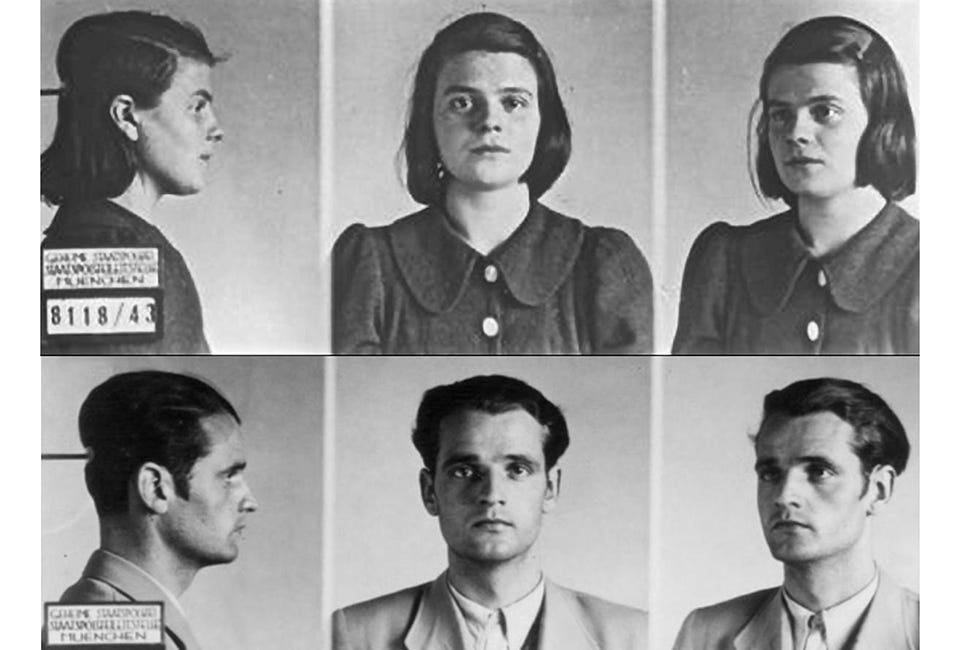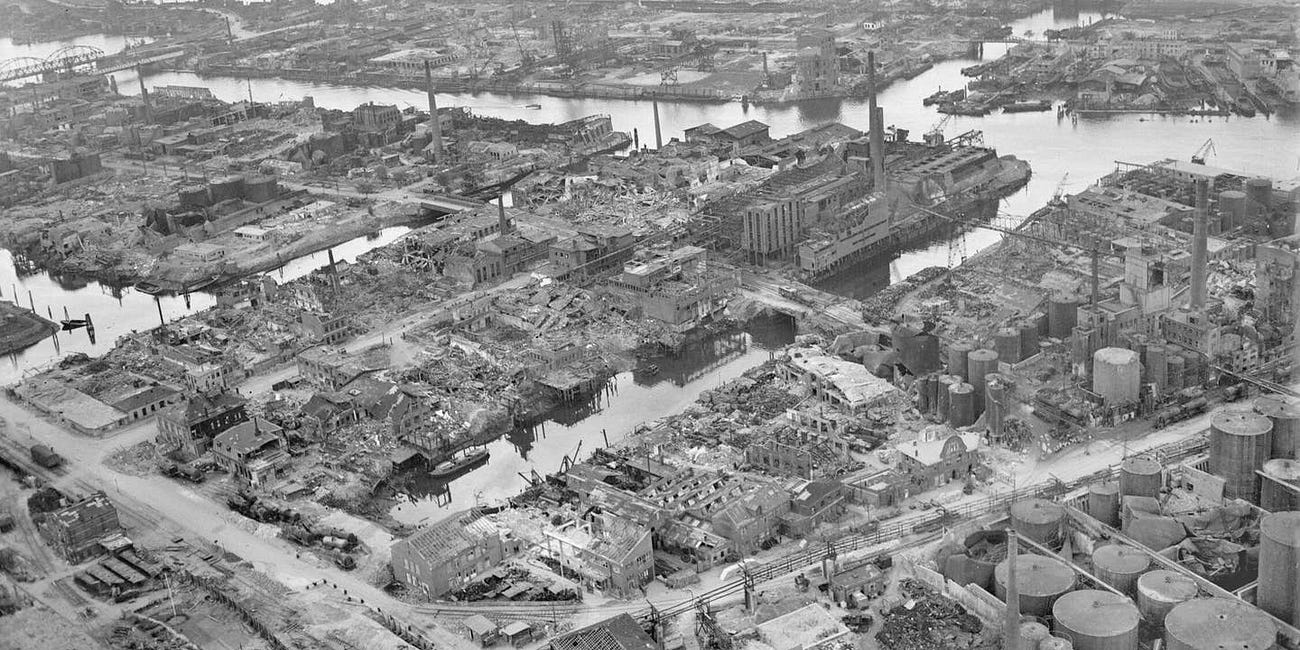Inside Hitler's Germany in 1943
A look back at what ordinary Germans had to come to terms with ...

A catastrophe of the scale of Stalingrad would have been enough to finish off most governments. But the Nazi regime had a terrible grip on power. For ordinary Germans, 1943 was a year of coming to terms with a new harsh reality.
10th February 1943: After the disaster at Stalingrad, ordinary Germans become more sceptical of Nazi propaganda
‘There is one thing that haunts me. I have heard a rumour that they could have escaped, but that Hitler forbade it!'
A last letter from Stalingrad
In a German population that had known little other than Hitler for ten years, faith in his abilities ran deep. Nazi propaganda was all-pervasive. Belief in the 'German destiny' and all the associated Nazi ideas had a pseudo-religious aspect. But for more and more people in Germany, cracks began to develop in their faith.
Any kind of dissent in Germany was extremely dangerous; open opposition to the Nazis was inevitably fatal.
22nd February 1943: Youngest member of the tiny 'White Rose Resistance Movement' is one of six executed for distributing anti-Nazi leaflets
Sophie Scholl beheaded
In their school days Hans and Sophie Scholl had been fascinated by the Nazi movement. Hans had had a high rank in the Hitler Youth organisation and Sophie a similar position in the League of German Girls. Yet as they grew older and witnessed the progress of the war they became highly critical of the Nazi regime, realising that it ran counter to their most deeply held values.
The RAF, and increasingly the USAAF, were beginning to bomb German cities with a greater intensity than anything ever seen before. Even early in the year this was having an impact on troops on leave.
5th June 1943: A U-boat officer hoping to see his girlfriend must face the grim reality of Berlin - the bomber war is already causing devastation
Home leave in Germany
Herbert Werner had just returned from the sea where his U-boat had had a narrow escape from the attentions of the Royal Navy. He knew only too well that there had been a change in fortunes in the Battle of the Atlantic. More and more of his colleagues were failing to return from patrols.
But worse was to come.
28th July 1943: A series of raids, regarded by some as 'Germany's Hiroshima' create hellish conditions and widespread casualties
At this moment something snapped in a neighbour and, caught up in a panic, he took his bed cover and wanted out. None of us could stop him. We saw him still, but only as a living torch carried by the firestorm, "flying through the air".
Hamburg is devastated by a firestorm
Operation Gomorrah, the RAF and USAAF attack on the port of Hamburg continued. The night before just six Mosquito aircraft had raided the city to keep the defence forces on constant alert. On the night of 27th/28th July 787 RAF bombers participated in another big attack, guided on to the target, east of the city centre, by markers from the Pathfinder Force.
4th August 1943: As the sequence of bombing raids on Hamburg ends the traumatised survivors seek refuge around Germany
Horror of Hamburg spreads
The last bombing raid of Operation Gomorrah, the coordinated bombing of Hamburg, took place on the night of 2nd August. The bomber force hit a thunderstorm as it approached the target area, Pathfinder marking could not take place and the eventual bombing was widely dispersed. Yet a final attack was hardly needed after the series of attacks since 24th July and the






